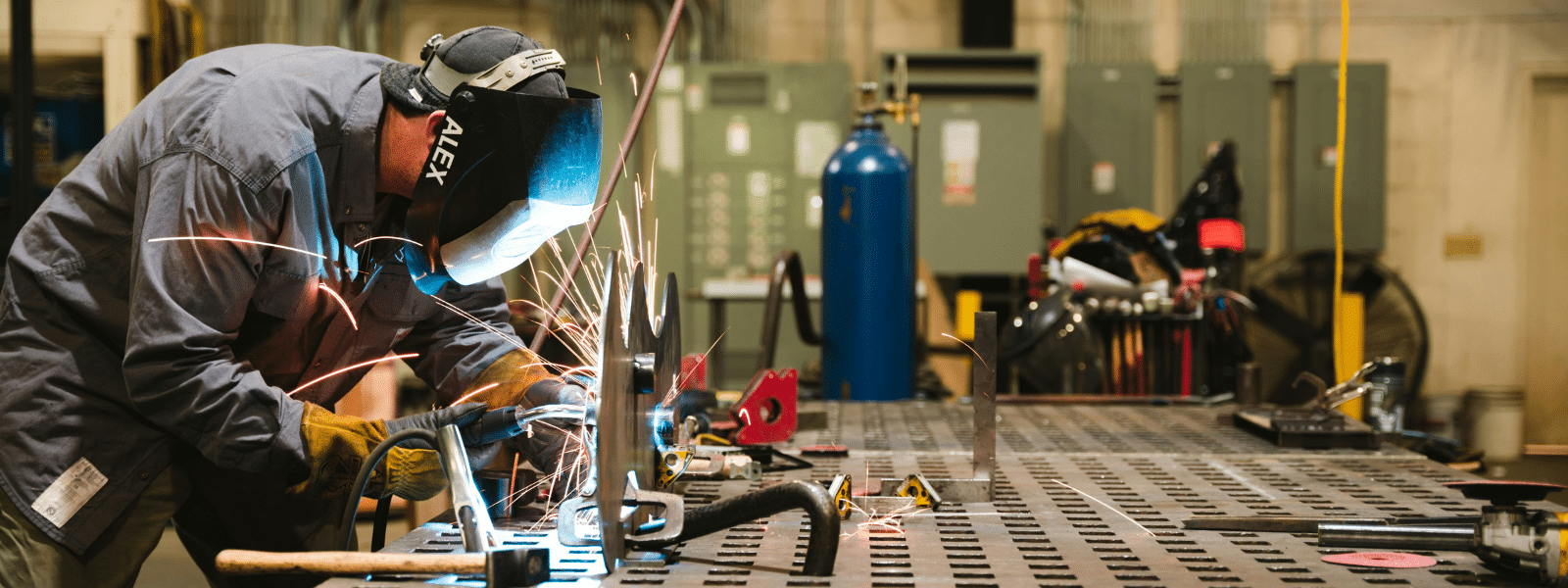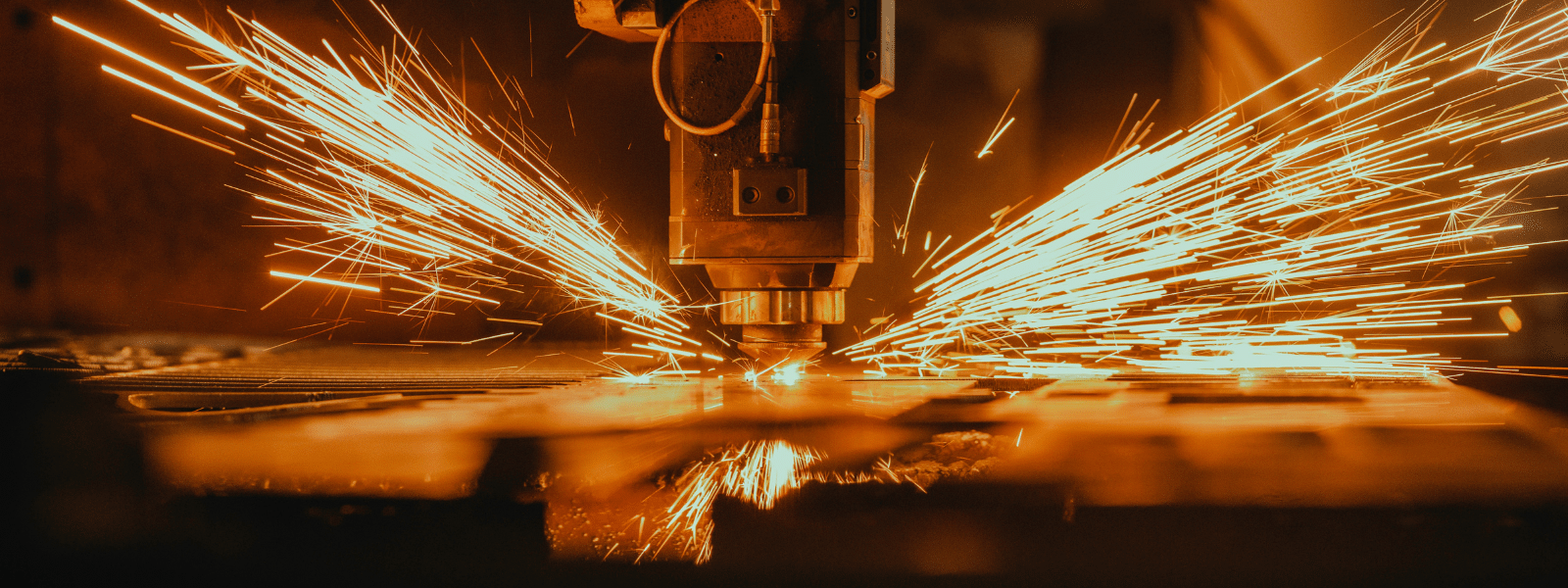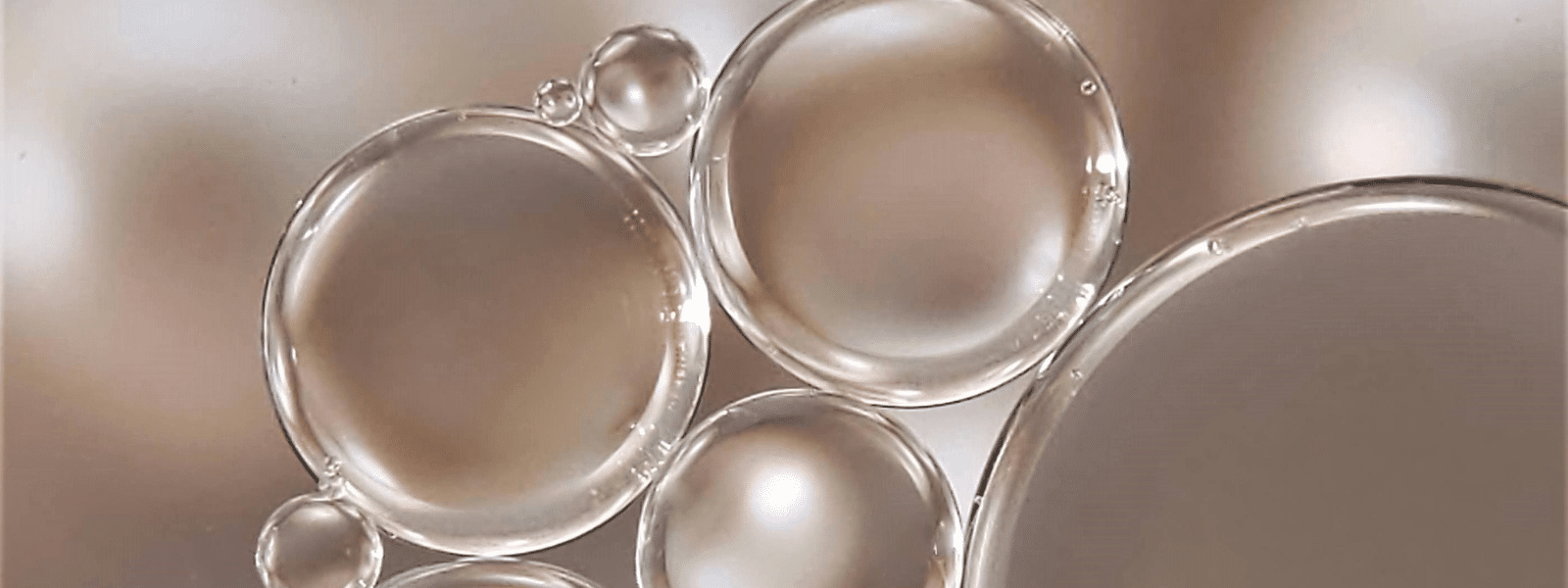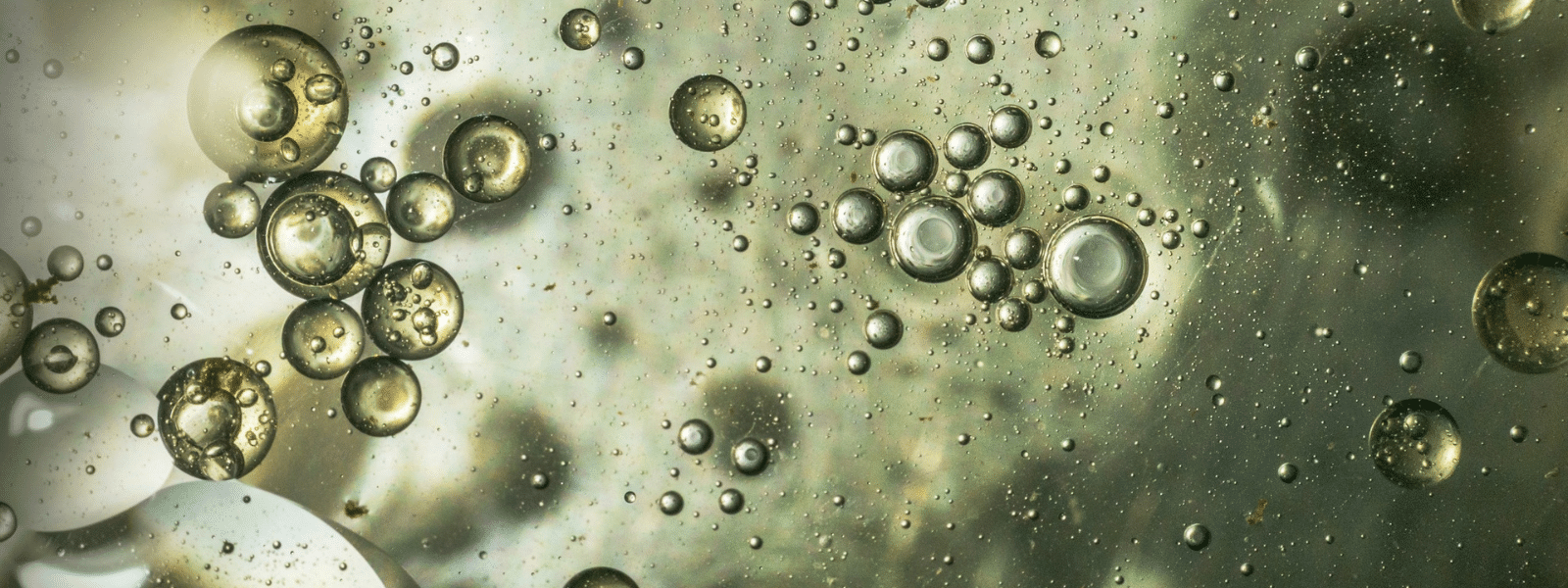MIL-PRF 680C Type II degreasing solutions deliver excellent cleaning power. This is why they are commonly used for military-grade degreasing operations and industrial-grade degreasing procedures that require the removal of large amounts of grease in a short period of time. In total, there are five traditional types MIL-PRF 680C. Below, we look at how these solutions compare to MIL-PRF 680C Type II using five criteria: flashpoint, aromatic content, odor, and KB value.
Flashpoint
The higher its flashpoint, the less likely a degreaser is to ignite when it is used for the intended application. Types, I, II, III, IV, and V of MIL-PRF 680C have the following flashpoints, respectively: 100-140°F, 141-198°F, 200-241°F, 141-198°F, and 141-198°F. Degreasing operations that require a cleaner with a mid-range flashpoint are often performed with MIL-PRF 680C Type II. MIL-PRF 680C Type V is implemented when the highest flashpoint is required.
Aromatic Content
Aromatic content refers to components in degreasers that are known to have aromatic qualities before they are formulated with other ingredients. In some cases, the inclusion of aromatic content is purposeful; it is intended to give a degreaser a clean scent. In other cases, natural elements such as VOCs create aromatic content. Types, I, II, III, IV, and V of MIL-PRF 680C all contain roughly 1% of aromatic content by volume, locking them in a tie for this criterion.
Odor
Odor is naturally tied to aromatic content, but it is not the same thing. Rather, odor is best described as the persistence of smells that aromatic content releases. In some situations, odor is undesirable but not harmful. In other situations, especially those in which odor results from high VOC content, odor can harmful indeed. Types, I, II, III, and V of MIL-PRF 680C have an odor rating of “low and non-residual”. Type V has an odor rating of “citrus and non-residual.”
Kb Value
Wikipedia defines Kb value as “an international, standardized measure of solvent power for a hydrocarbon solvent [that] is governed by an ASTM standardized test, ASTM D1133. Types, I, II, III, and V of MIL-PRF 680C have a Kb value of 27-45, whereas Type V has a Kb value that may not be rated, depending on the solution. Solutions that have Kb values in the mid 20s are considered “mild”, while those that have a value in the 40s or above are considered aggressive.
Need a MIL-PRF 680C Type II Replacement? – BUY IT NOW
If so, Ecolink has just the product for your heavy-duty, manually applied degreasing procedures: New II Environmentally Preferred Parts Cleaner. This product meets the cleaning requirements of MIL-PRF 680C Type II, but it contains no odor, no water, is fully evaporative, is non-corrosive, has a high flashpoint of 145°F, and contains no hazardous ingredients according to the EPA.
These qualities make New II Environmentally Preferred Parts Cleaner an excellent option for various types of degreasing applications. For help determining whether New II Environmentally Preferred Parts Cleaner is a good option for your degreasing needs, call us today at (800) 563-1305, or refer to the contact page on our website. We look forward to assisting you!















